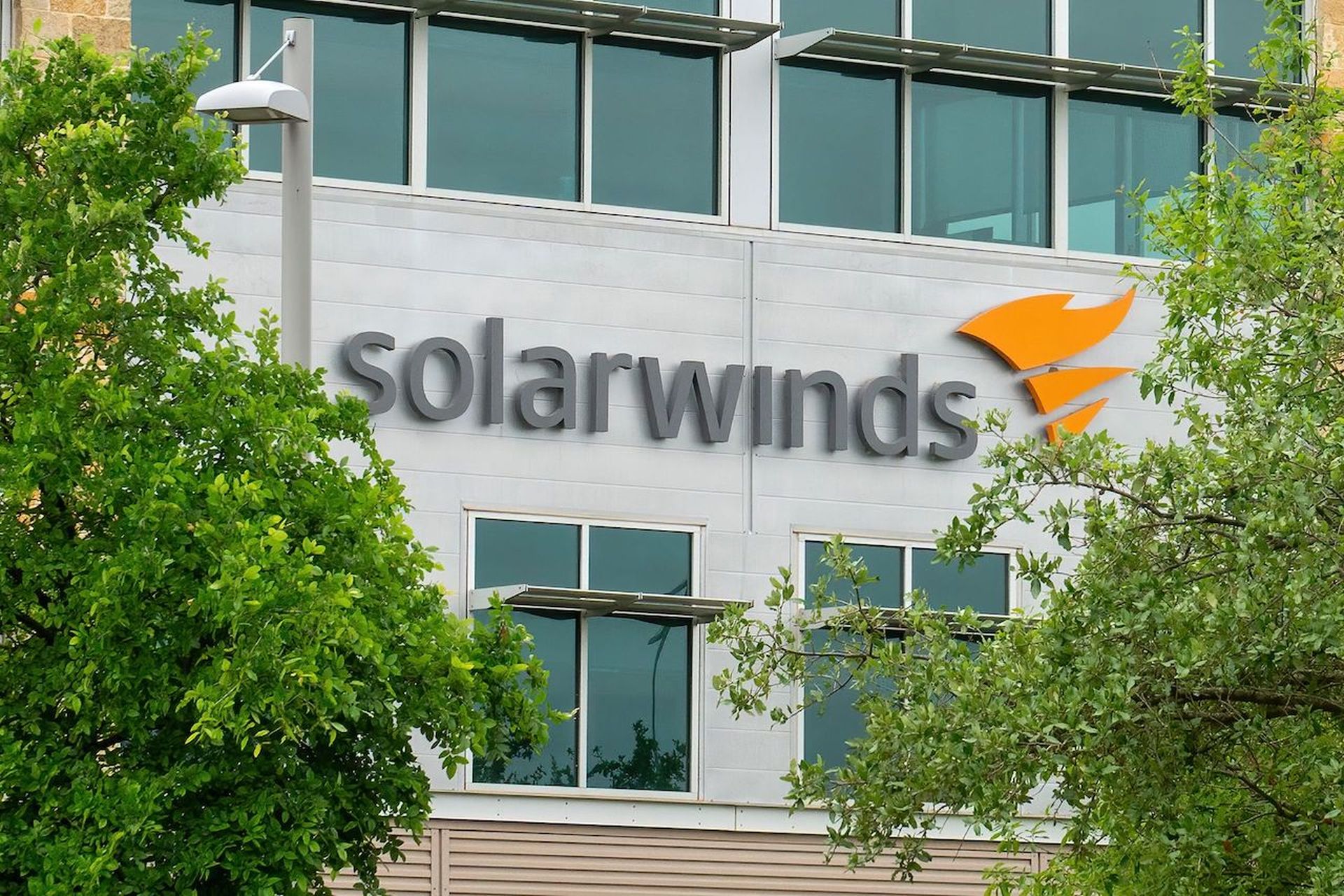Yes, SolarWinds launched an IPO today. But the initial public offering is merely a reference point in time -- a moment to reflect on the company's growth and evolution, while also continuing the march forward, Chief Revenue Officer David Gardiner told ChannelE2E today.

"SolarWinds has been around for 20 years, and we expect to be around 20 more," Gardiner asserts while describing key milestones and next moves for the business.
First, the nitty-gritty financial details: SolarWinds shares (NYSE: SWI) are trading at about $14.83 as of noon ET, down about 17 cents from the offering price. The IPO was priced a bit lower than SolarWinds' original goals, but some of that likely involves recent tech stock industry concerns. The bull market is now roughly a decade old, and investors are wondering if some tech sector stocks are set to cool off.
That's the backdrop on Wall Street today -- at this very moment.
SolarWinds: Past
But the IPO is only one piece of a larger SolarWinds puzzle -- and a long-term journey that started 20 years ago. The company, founded in 1999, originally focused on network management software -- before branching out and evolving in multiple ways.

Kevin Thompson arrived as CFO and Treasurer in 2006, and moved up the executive ranks to COO in 2007, president in 2009 and CEO in March 2010. He and the company have navigated choppy Wall Street waters before -- beating the odds with a successful IPO in 2009, amid the massive U.S. financial crisis and auto manufacturing meltdown in Detroit.
During that first tour of duty in public markets, the company faced multiple inflection points. Even as SolarWinds' software became more popular, customers increasingly demanded cloud-oriented subscription models. Moreover, midsize and smaller businesses were increasingly outsourcing their IT management and monitoring tasks to MSPs.
To navigate those market shifts, SolarWinds acquired multiple MSP-oriented software companies (examples: N-able Technologies in 2013 and LogicNow in 2016), went private in 2016, and increasingly introduced as-a-service products while continuing to offer traditional on-premises options.
SolarWinds - Financial Metrics: Generally speaking, the overall strategy has worked well. Among the recent data points to note from SolarWinds' quarter ended September 30, 2018:
- Total revenue was between $211.8 million and $212.8 million, up from $189.1 million compared to the three months ended September 30, 2017.
- Total recurring revenue was between $168.5 million and $169.2 million, up 13.4% to 13.8% as compared to total recurring revenue of $148.6 million for the three months ended September 30, 2017.
- License revenue was between $43.3 million and $43.6 million , up 6.9% to 7.7% as compared to license revenue of $40.5 million for the three months ended September 30, 2017.
- Operating income was between $32.5 million and $33.9 million compared to operating income of $26.8 million for the three months ended September 30, 2017.
- Adjusted EBITDA was between $104.0 million and $106.0 million compared to adjusted EBITDA of $99.3 million for the three months ended September 30, 2017.
In addition to shareholders and investors, it's a safe bet that SolarWinds rivals are carefully studying those financial figures. The scrutiny is especially strong in the MSP software market, where rivals like Continuum, Datto and Kaseya have private equity owners, and ConnectWise is closely held by its founders.
SolarWinds: Present
The current SolarWinds playbook is familiar, but the target markets have evolved and expanded. The company is now the No. 1 provider of network-centric management software; the No. 4 player in systems management software, and a fast-grower in the cloud sector, Gardiner tells ChannelE2E.
Moreover, 80 percent of revenues are now recurring -- though that also includes some maintenance deals. "The move to SaaS wasn’t so much about our own financial model," Gardiner asserts. "It was about serving customers the way they want to be served."
SolarWinds also has gained a footprint in cloud monitoring and application performance monitoring, where Cisco AppDynamics and New Relic often generate major headlines. Yes, rivals may pioneer a market and gain so-called first mover advantage. But SolarWinds tends to move into growing, defined markets with products that are easy to use and try. "That strategy serves us well in any market," he says.
Moreover, the company's focus on corporate IT customers and MSPs provides a 360 degree view of what customers and partners truly need, he adds.
SolarWinds: Future
So what's the next logical move? He points to security -- where the company recently acquired TrustedMetrics for real-time threat monitoring and management software. Moreover, the company is making an access rights management push. The goal, which adheres to SolarWinds' well-established playbook: Deliver powerful technology at an affordable price for the entire market.
Still, SolarWinds is careful not to hype the security opportunity -- especially when addressing MSP partners that are evaluating a run at the MSSP market. "I don't think every MSP out there is ready to become an MSSP," he says. Some will make the journey, he says, while many MSPs will align with larger MSSPs.
With that point in mind, SolarWinds has partnered with Falanx Group in Europe and Secuvant in the United States as part of a two-tier MSSP-to-MSP partner strategy. Those MSSPs are expected to gradually offer threat monitoring services to MSPs.
At the same time, SolarWinds will continue to build that 360 degree view of the market, listening closely to corporate IT managers to describe what they need both internally and from service providers, he adds.
SolarWinds IPO and Private Equity
The bottom line? SolarWinds is now publicly held, but private equity firms Thoma Bravo and Silver Lake still own major stakes in the company. Thoma Bravo, in particular, has been investing heavily in MSP-centric technology companies.
So, what are the potential benefits of that blended ownership approach for SolarWinds and its customers? We'll potentially explore that question in the days ahead.
In the meantime, Gardiner and the SolarWinds team continue to reinforce the overall company journey. Today's IPO? Treat it as a moment in time.




